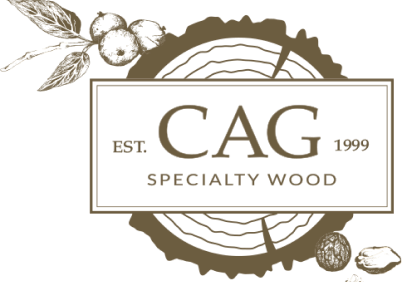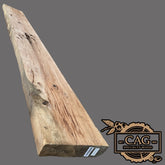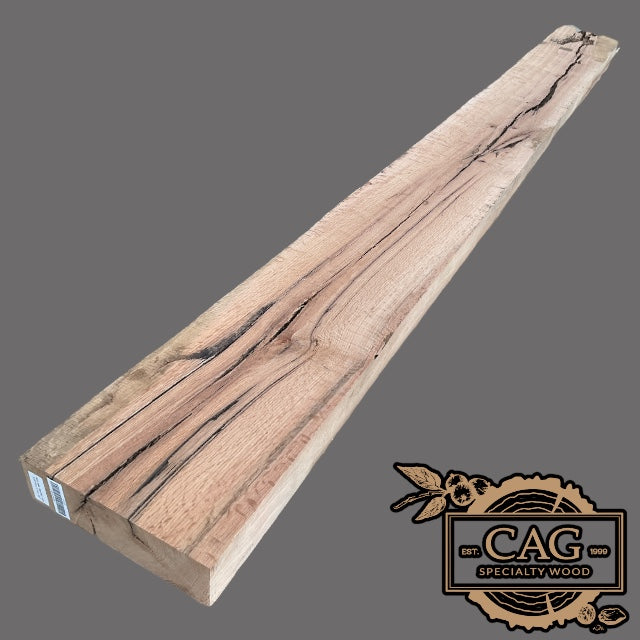
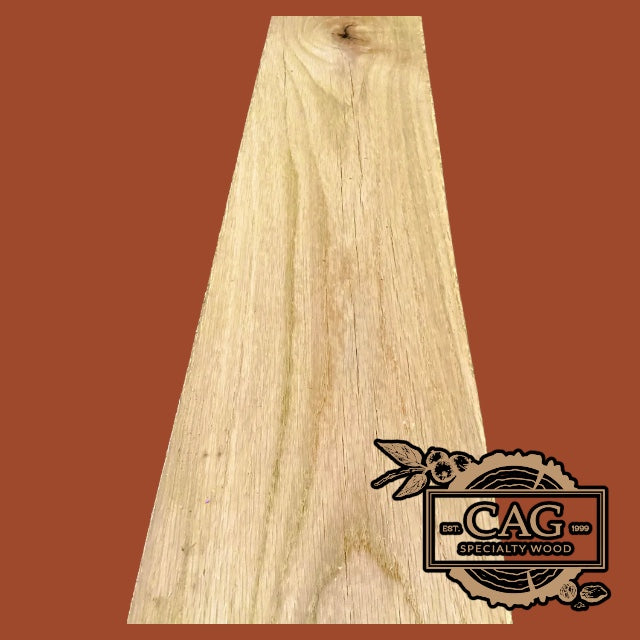


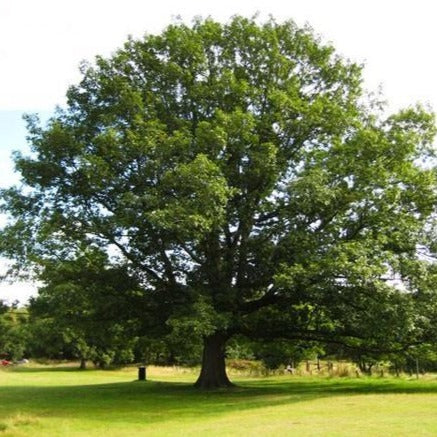

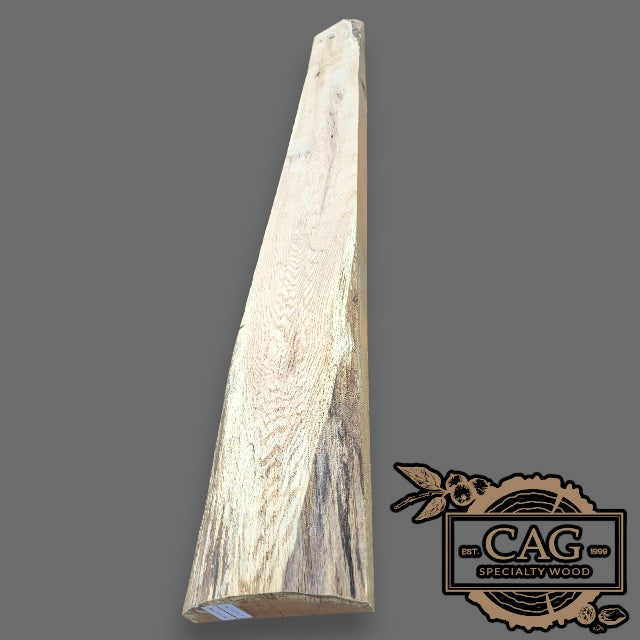

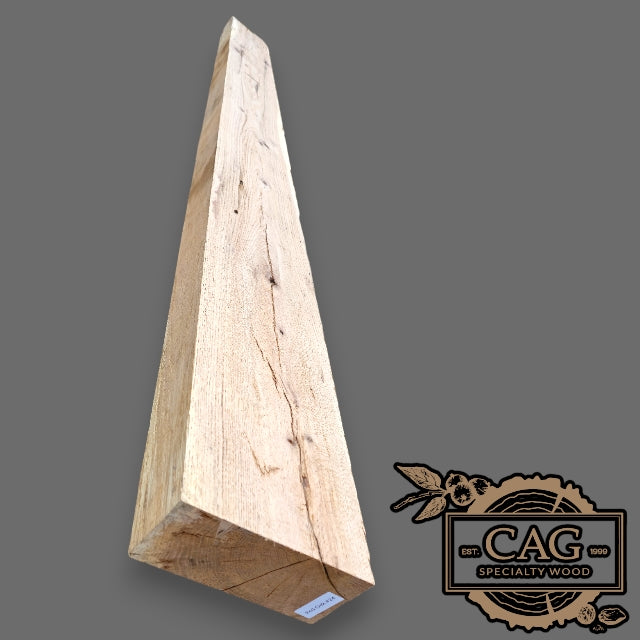
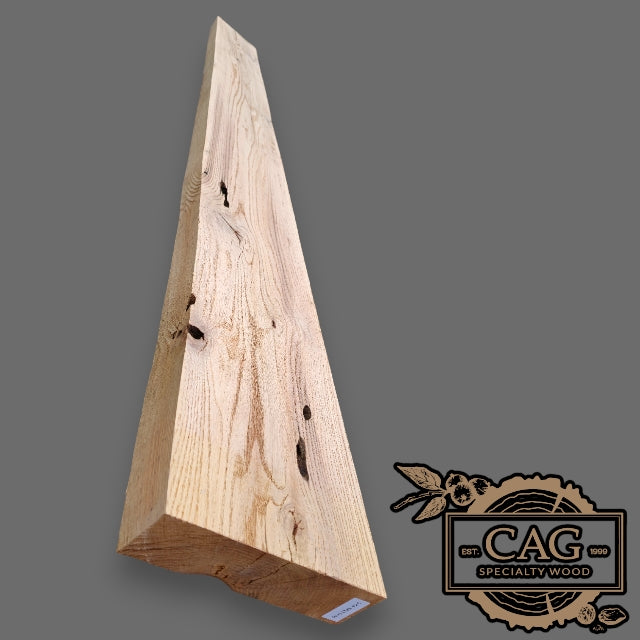
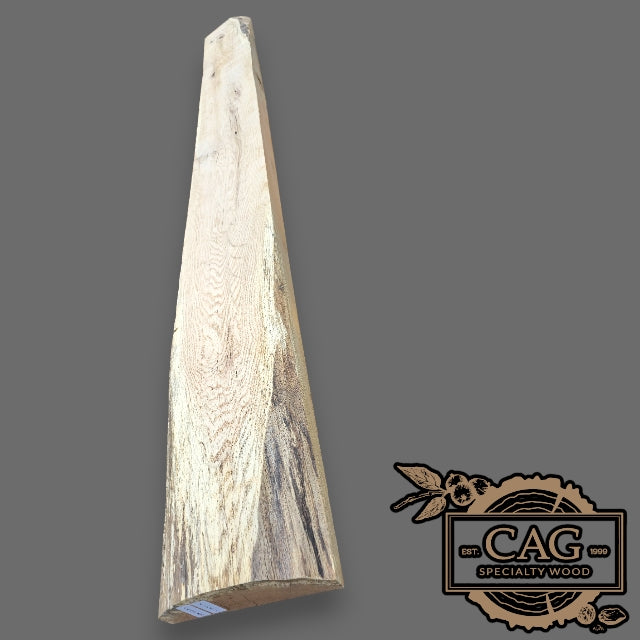
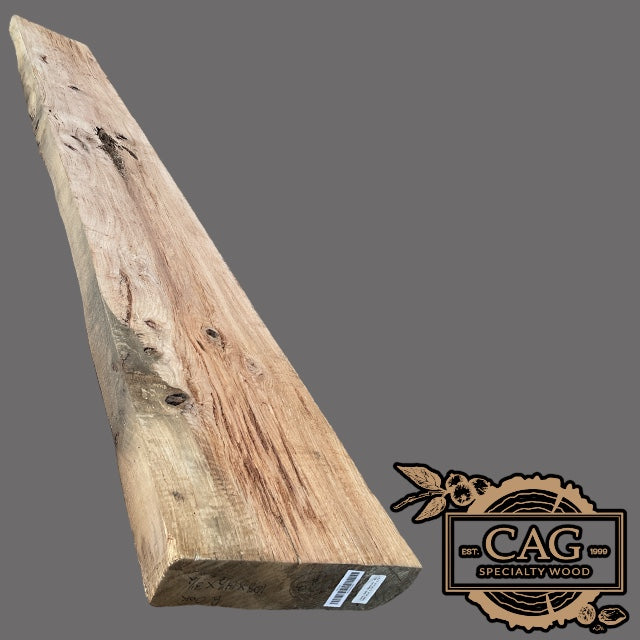
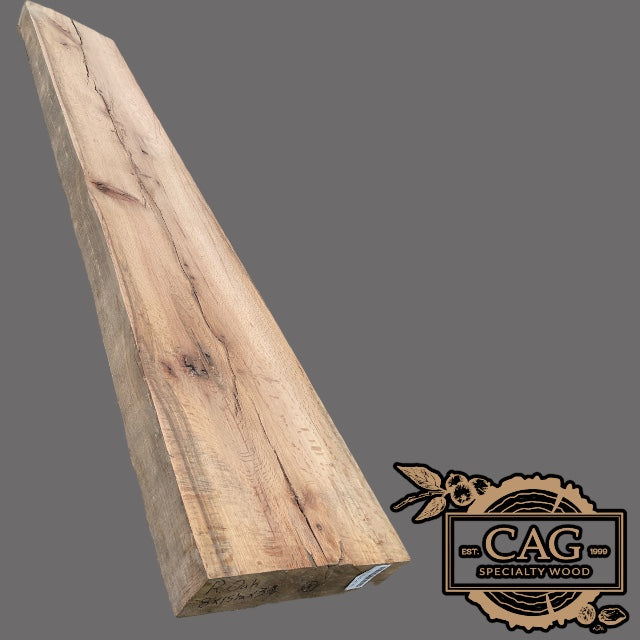
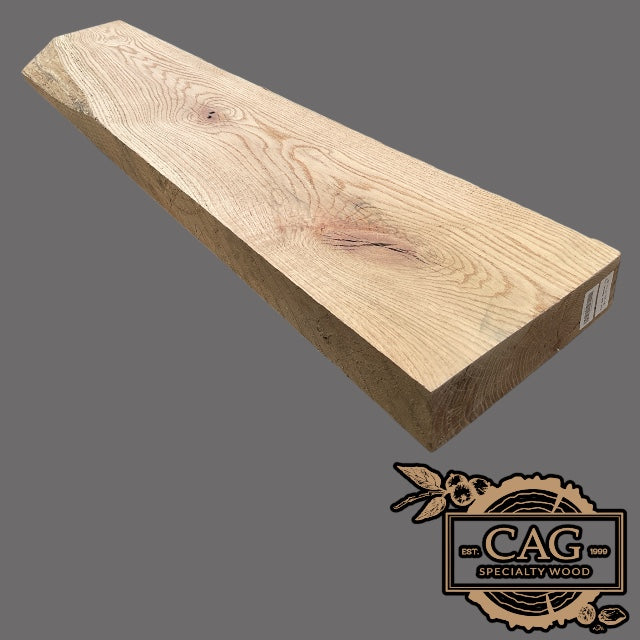
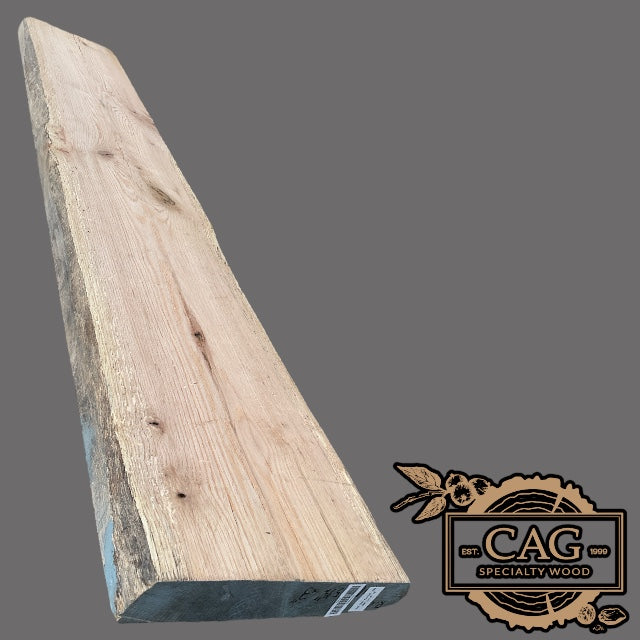
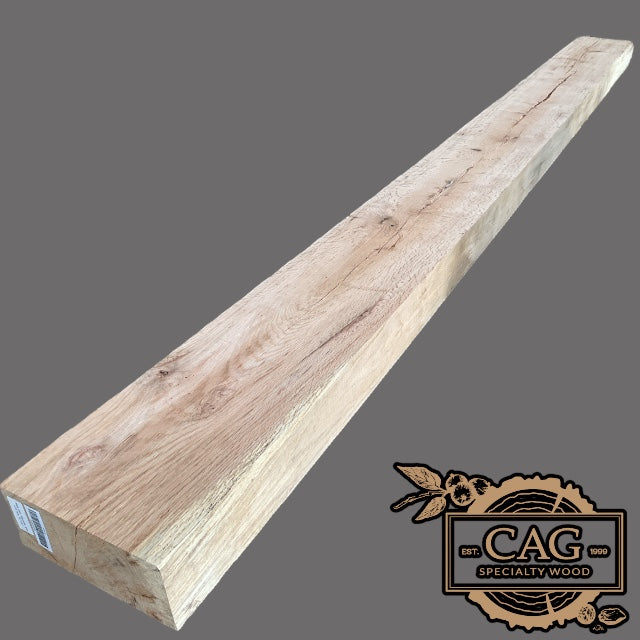
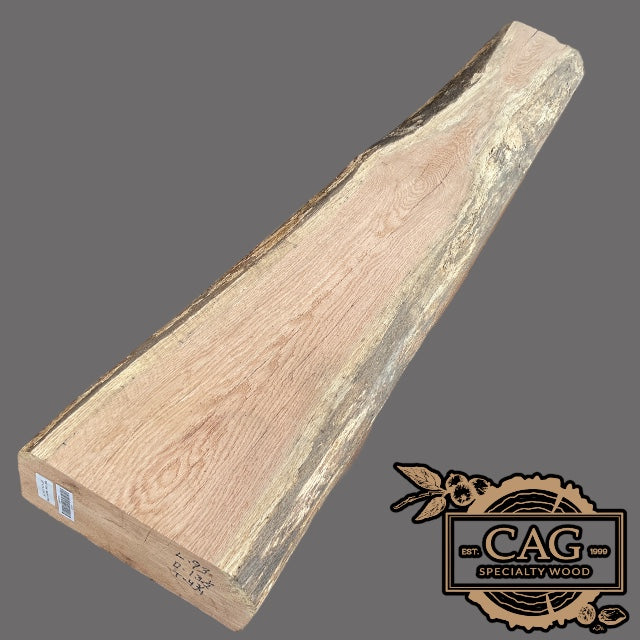
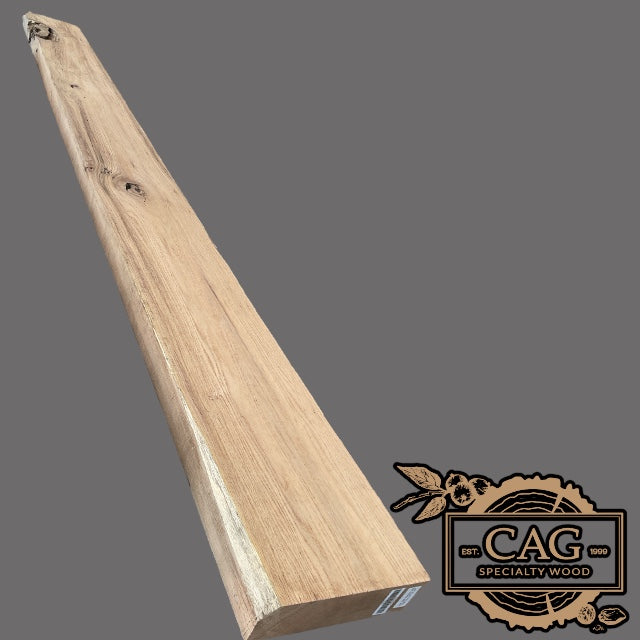

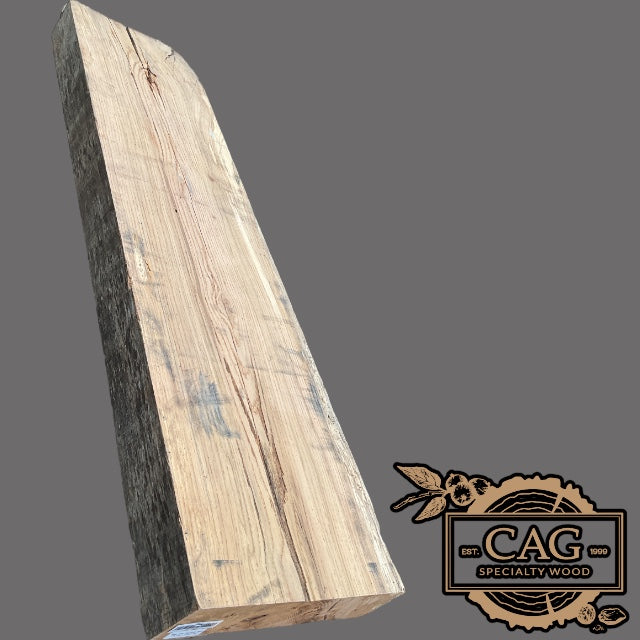
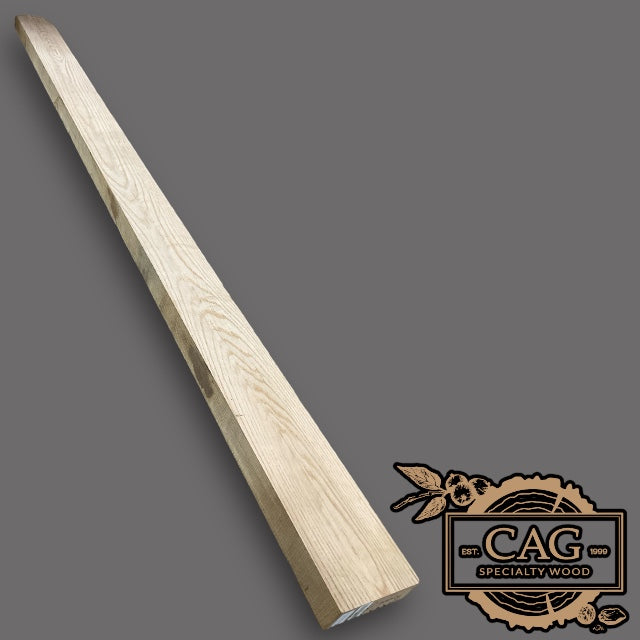
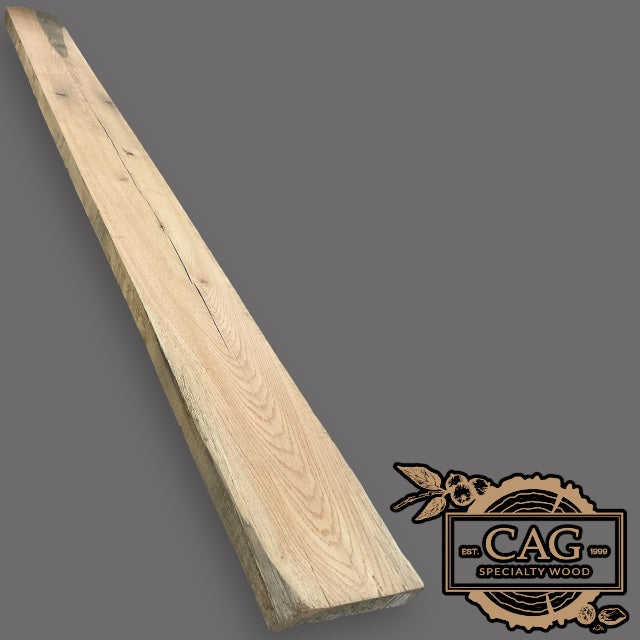
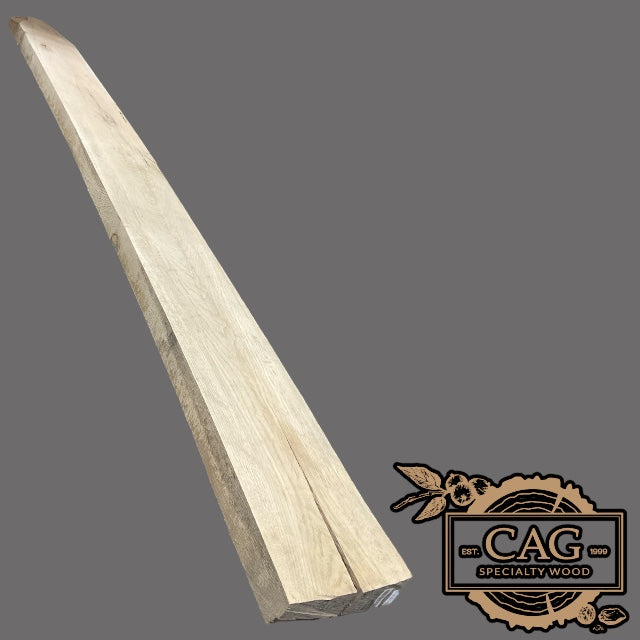
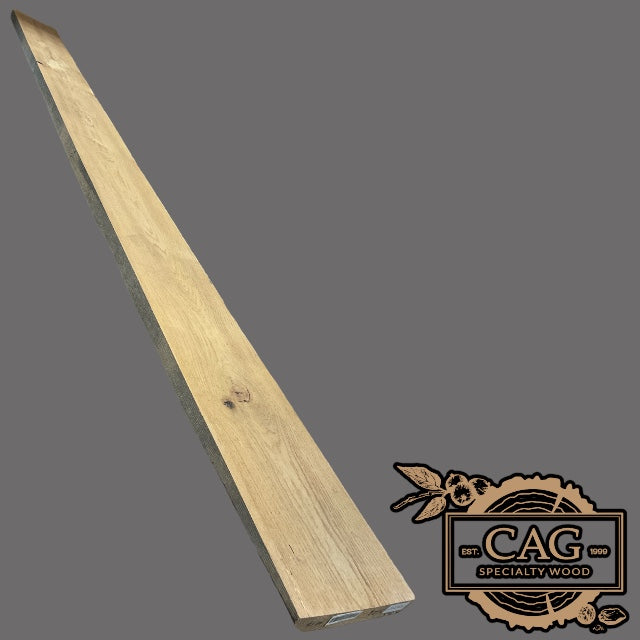


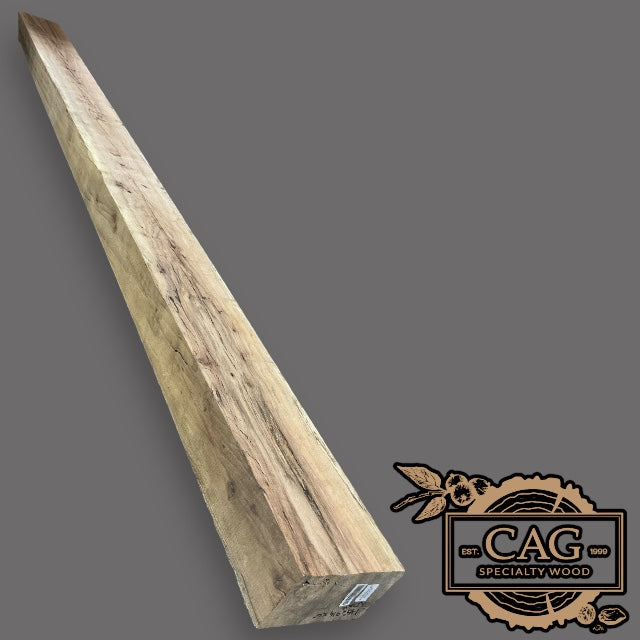
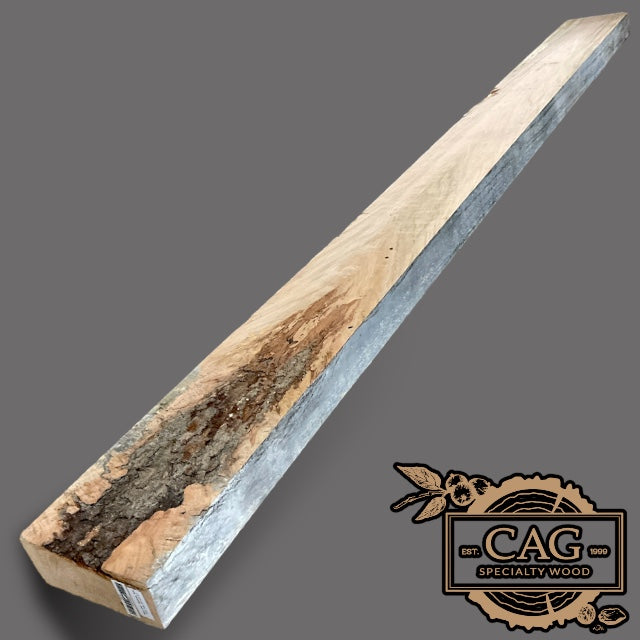
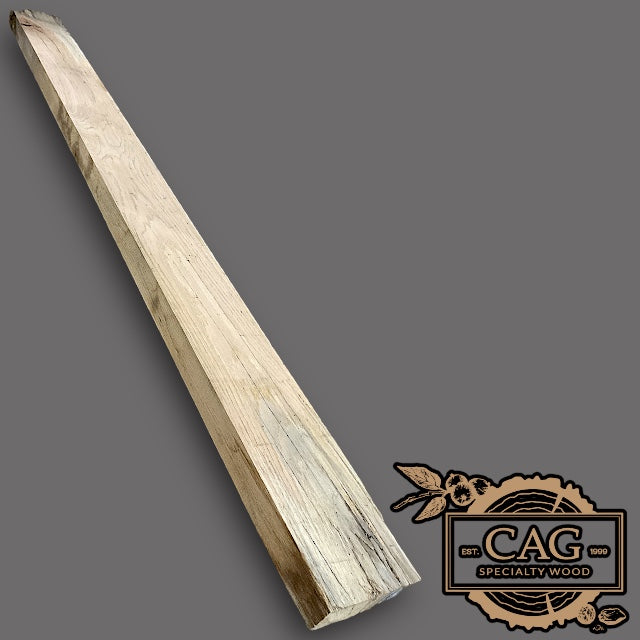

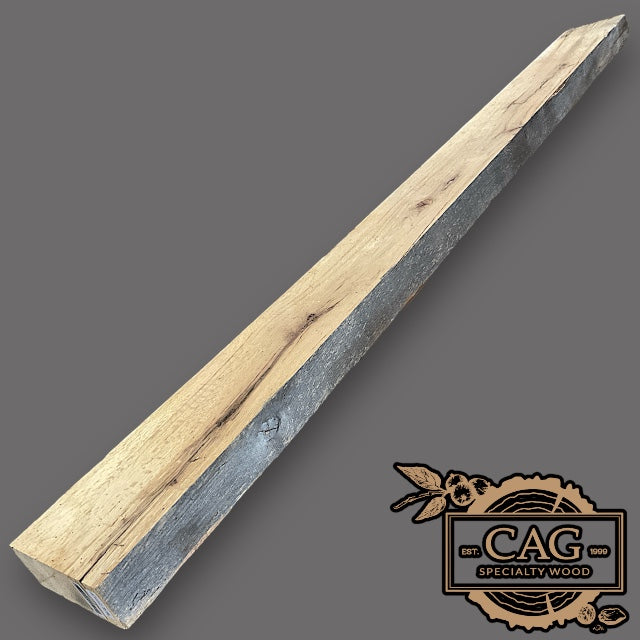

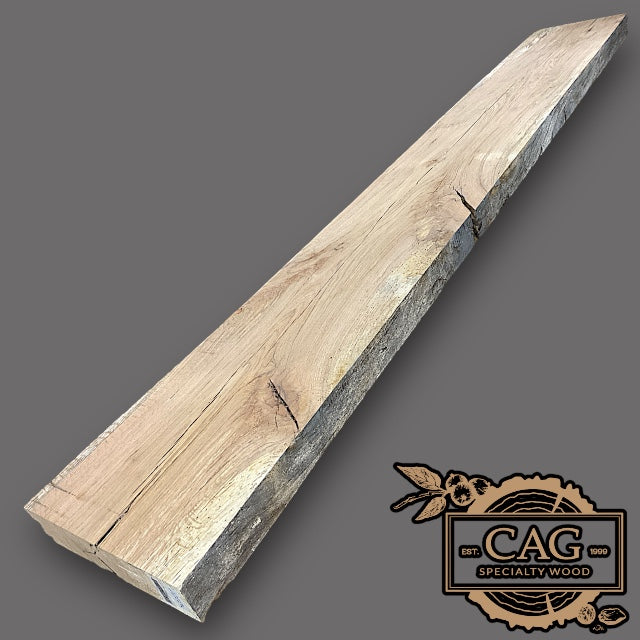
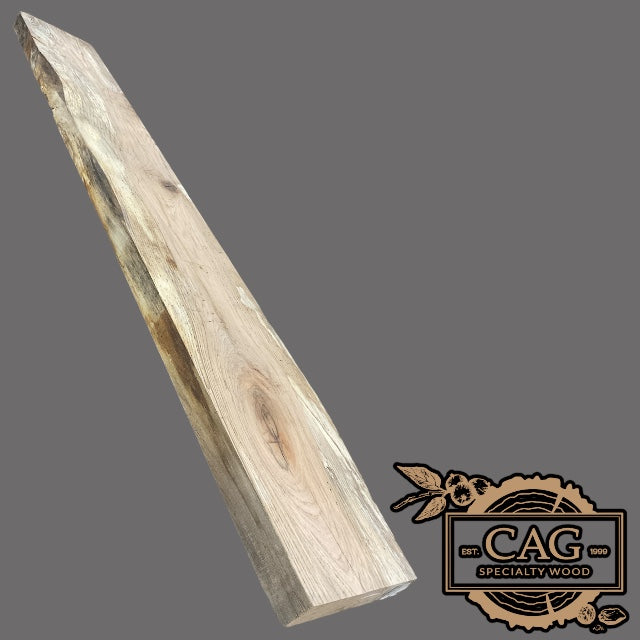



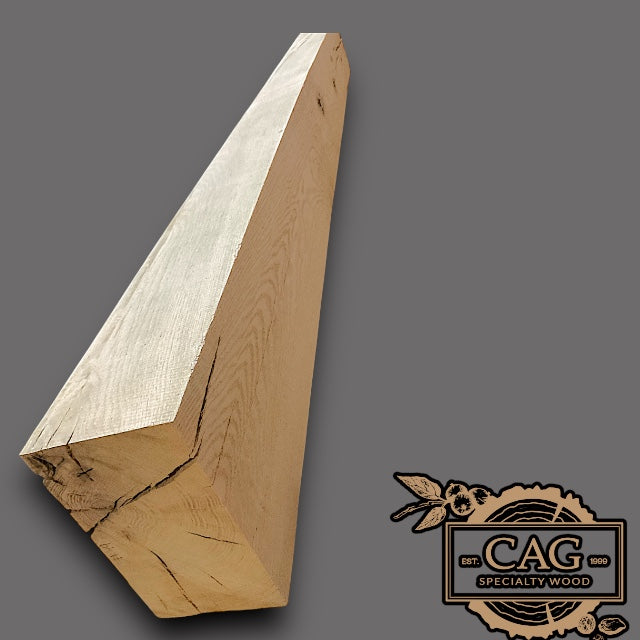


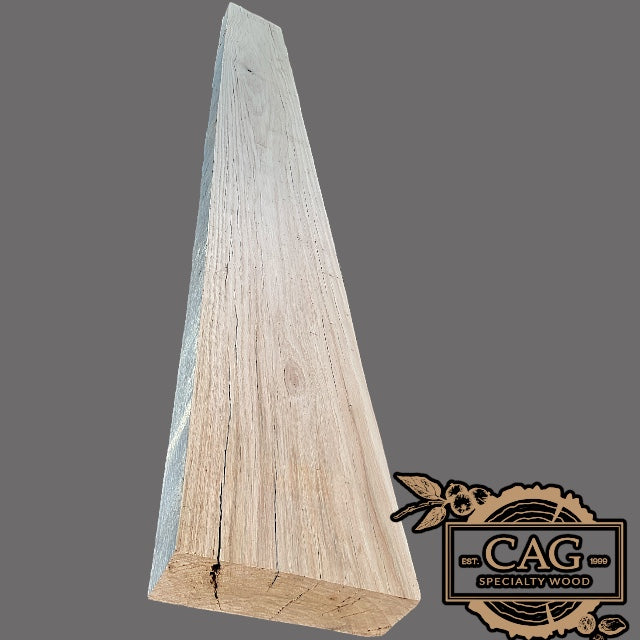

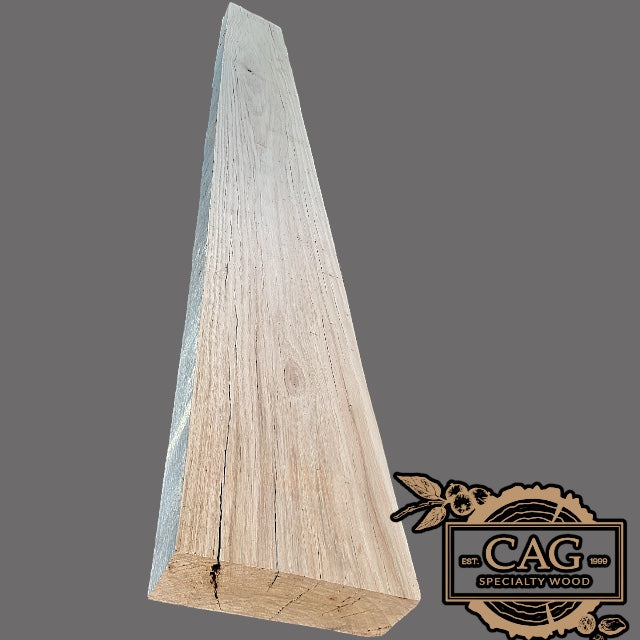
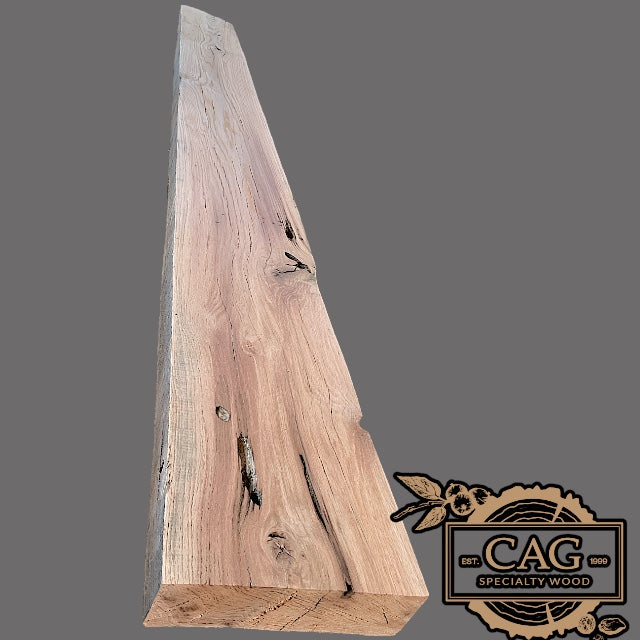

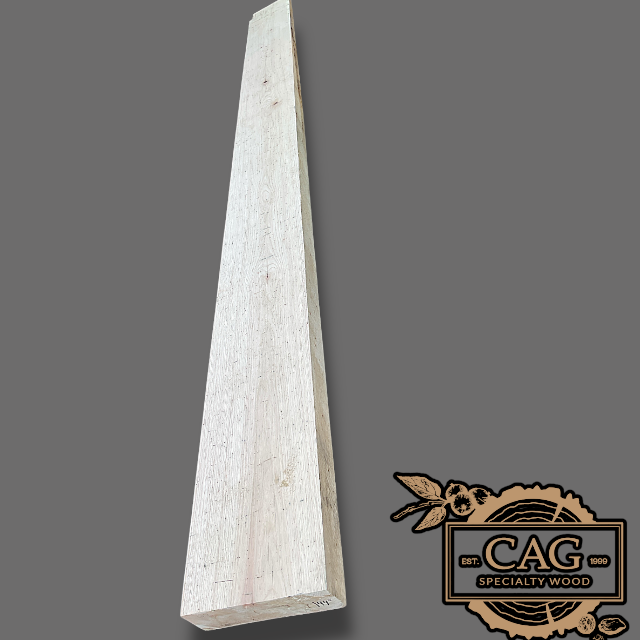
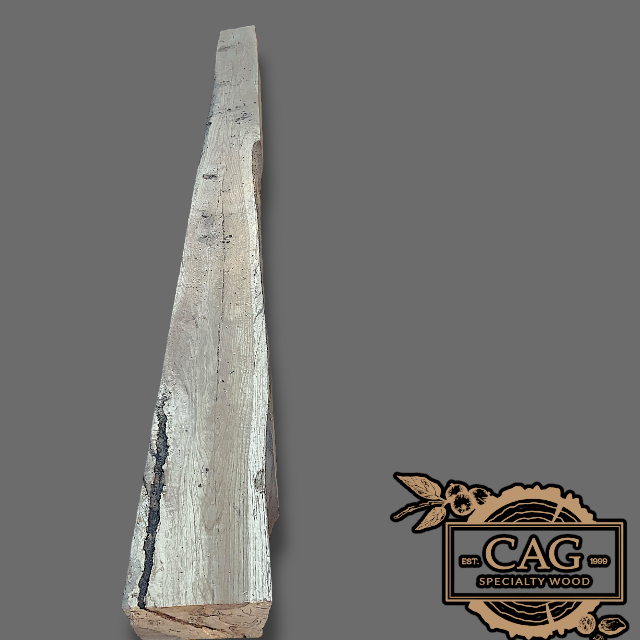
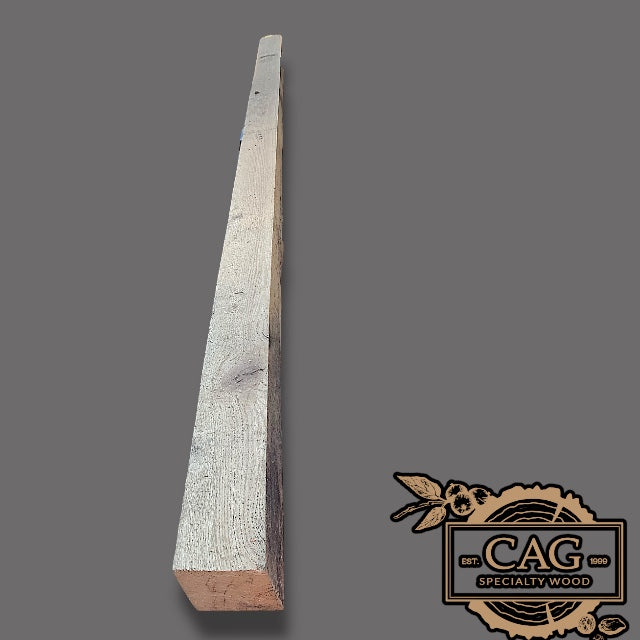
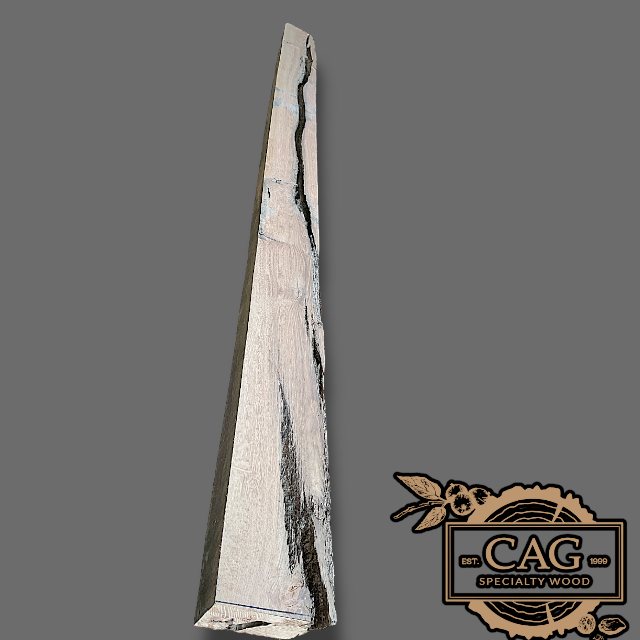
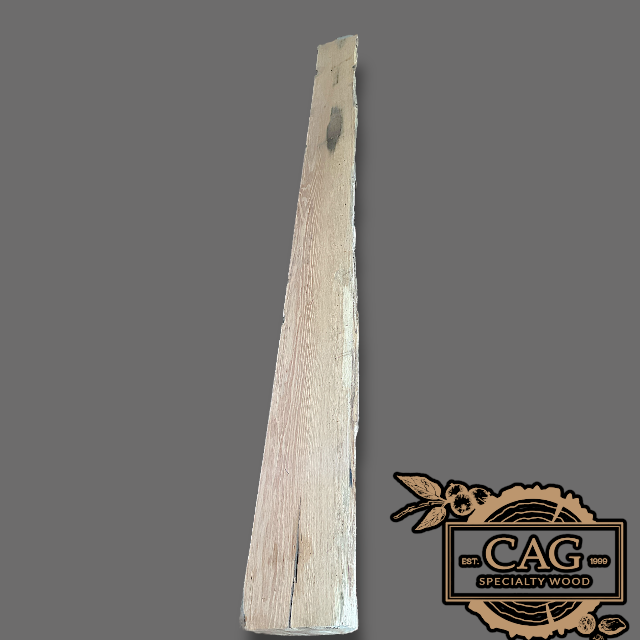
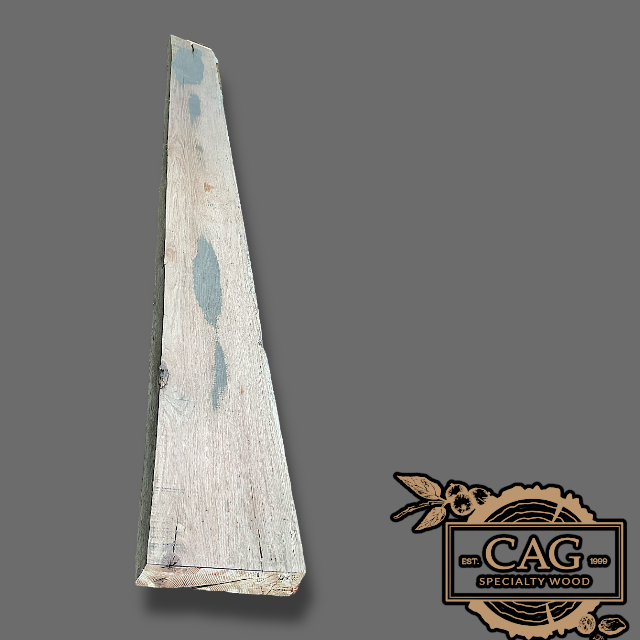
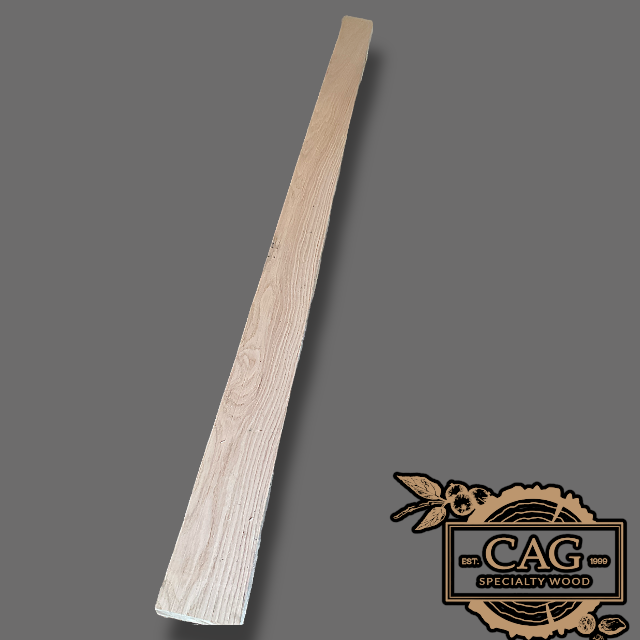
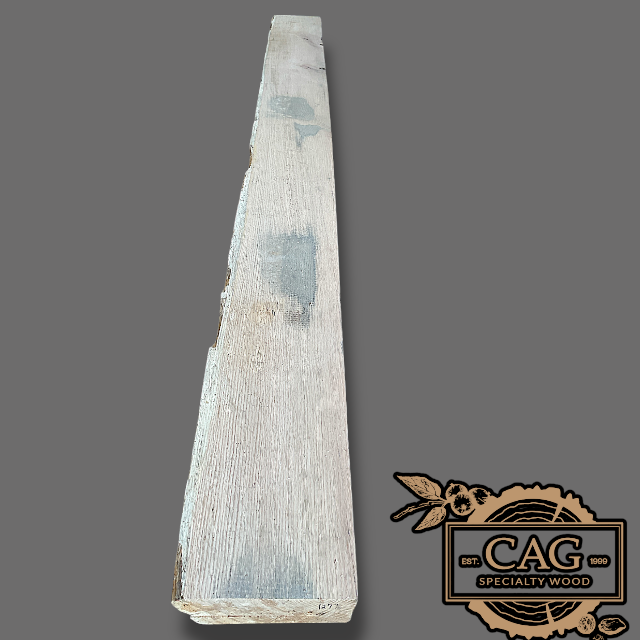
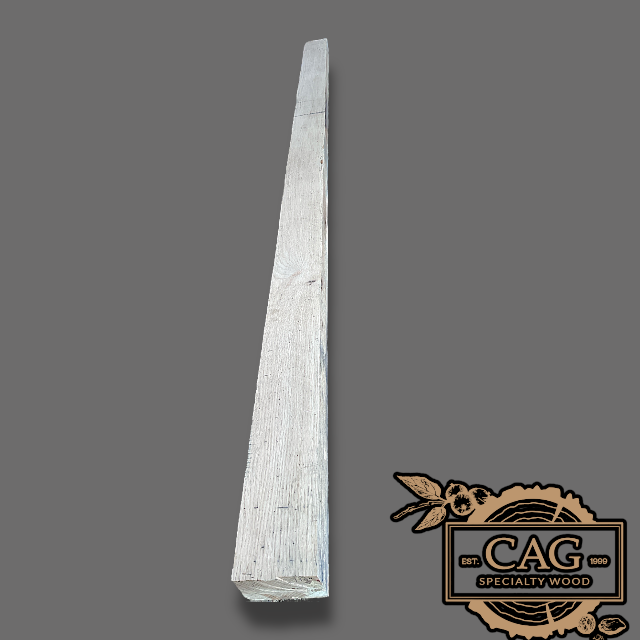
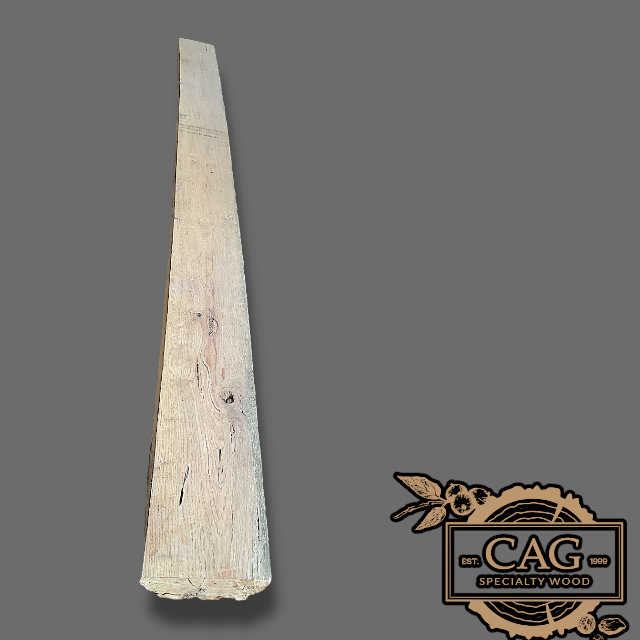
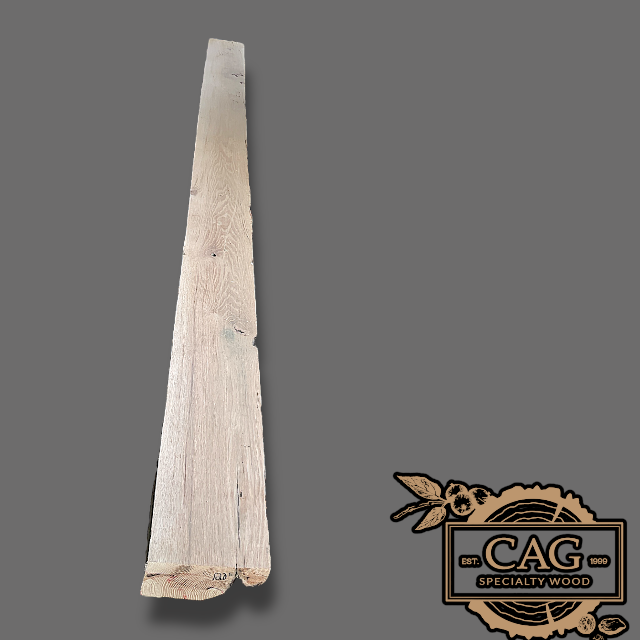
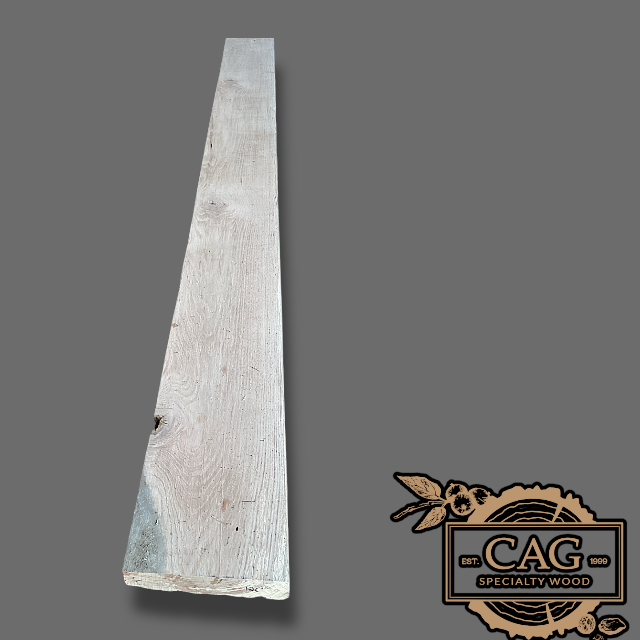
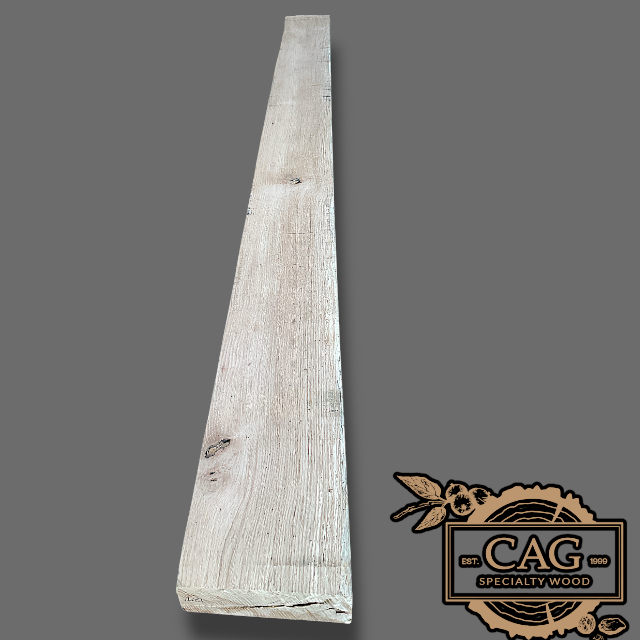
Red Oak Mantels
Red Oak Mantels: Timeless Elegance for Your Hearth
Introduce the enduring beauty of Red Oak to your home with our premium selection of mantels. Known for its strength, distinctive grain patterns, and rich, warm tones, Red Oak is a classic choice that stands the test of time.
Key Features of Our Red Oak Mantels:
- Sourced from high-quality, kiln-dried Red Oak
- Showcases the wood's characteristic open grain and striking figure
- Available in various sizes to suit your specific fireplace dimensions
- Offers excellent durability and longevity
- Versatile enough to complement both traditional and contemporary decor
Each Red Oak mantel brings a touch of nature's artistry into your living space, creating a focal point that's both robust and refined. The natural beauty of Red Oak shines through in every piece, offering a perfect backdrop for your cherished decorative items or family heirlooms.
Our Red Oak mantels are provided in their natural, unfinished state, allowing you to appreciate the wood's authentic character. This also gives you the flexibility to customize the final look to match your exact preferences and existing decor.
Optional Finishing Services: While we offer our mantels in their natural state, we understand that some customers prefer a finished product. Upon request, we can provide additional services such as epoxy fills, sanding, and finishing. These services are available at an extra cost and can be discussed when placing your order.
Whether you choose to embrace the raw beauty of unfinished Red Oak or opt for a customized finish, our mantels are sure to add warmth and character to your home for years to come.
Transform your fireplace into a stunning centerpiece with a Red Oak mantel from CAG Specialty Wood – where quality craftsmanship meets nature's beauty.
======================================
Red Oak (Quercus falcata) is a deciduous hardwood with 40 species and more than 200 subspecies indigenous to North America, southeastern Canada, Mexico and Central America. It was introduced to Europe in the 18th century and continues to flourish there. Color ranges from a pale tan to a medium brown with a reddish hue. The grain is open, and the texture of the wood is coarse and porous with a dull luster. Grain patterns are determined by machining; plainsawn lumber has a grain pattern with a plumed or flared appearance, riftsawn planks are tightly grained, and quartersawn planks have a flaked pattern, also known as tiger rays or butterflies.
Northern red oak is the species most noted for adaptability. It is a hardy species that flourishes in many different kinds of soils and environments, making it one of the most readily available hardwoods on the market. The northern red oak tree grows fairly quickly to an average size of 115-140 feet in height and up to 4 feet in diameter. The grain pattern of the northern red oak is distinctive, with shiny, silvery waves, curls, and stripes. Southern red oak is softer and less durable, and tends to be lighter in color with less distinctive grain marking. It is an adaptable type of tree, noted for faster growth. It is easy to work with and quite durable when properly dried, but is more commonly used for furniture, while northern red oak is more commonly used for flooring.
The northern red oak grows straight and tall, to 90 ft, exceptionally to 140 ft tall, with a trunk of up to 20–40 in. diameter. Open-grown trees do not get so tall, but can develop a stouter trunk, up to 6 ft in diameter. It has stout branches growing at right angles to the stem, forming a narrow round-topped head. It grows rapidly and is tolerant of many soils and varied situations, although it prefers the glacial drift and well-drained borders of streams. It is frequently a part of the canopy in an oak-heath forest, but generally not as important as some other oaks.
|
Botanical Name |
Quercus falcata |
| Origin | Southeastern United States |
| Janka Hardness | 1060 lbf |
| Average Dried Weight | 42 lbs/ft3 |
| Workability | Easy to glue, takes stains and finishes very well. |
| Related Species |
Black Oak (Quercus velutina) Bur Oak (Quercus macrocarpa) California Black Oak (Quercus kelloggii) Cherrybark Oak (Quercus pagoda) Chestnut Oak (Quercus prinus) English Oak (Quercus robur) Holm Oak (Quercus ilex) Japanese Oak (Quercus mongolica) Laurel Oak (Quercus laurifolia) Live Oak (Quercus virginiana) Oregon White Oak (Quercus garryana) Overcup Oak (Quercus lyrata) Pin Oak (Quercus palustris) Post Oak (Quercus stellata) Red Oak (Quercus rubra) Scarlet Oak (Quercus coccinea) Sessile Oak (Quercus petraea) Shumard Oak (Quercus shumardii) Swamp Chestnut Oak (Quercus michauxii) Swamp White Oak (Quercus bicolor) Turkey Oak (Quercus cerris) Water Oak (Quercus nigra) White Oak (Quercus alba) Willow Oak (Quercus phellos) |
Red Oak Mantels
Red Oak Mantel #3 - 108"x14.5"x3.5"
4050 Old Cornelia Hwy
Gainesville GA 30507
United States
Wood Calculator Section
Need Help Figuring out how much you need ?
One Board foot = 144 Cubic Inches
Example: If you need a piece of wood 12 inches wide, 1 inch thick and 24 inches long, that is equal to 2 board feet.
12 inches x 1 inch x 24 inches = 288 inches. 288/ 144 = 2 board feet

